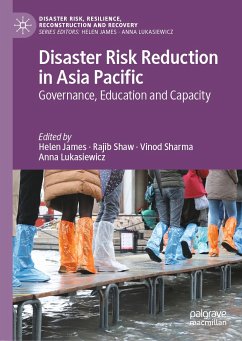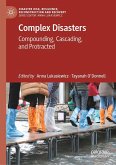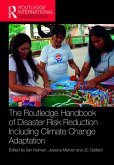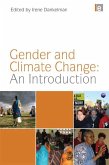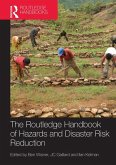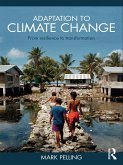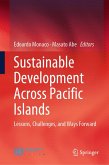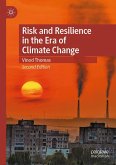Helen James was a specialist in Mainland Southeast Asia, especially Thailand and Myanmar (Burma). In 1997 she was awarded the order of Benchamabhorn, Member of the Most Noble Order of the Kingdom of Thailand by H.M. King Bhumibol Adulyadej for services to Thai history, language, education and culture. Helen passed away in April 2020.
Rajib Shaw is the professor in Graduate School of Media and Governance in Keio University's Shonan Fujisawa Campus (SFC). Earlier, he was the Executive Director of the Integrated Research on Disaster Risk (IRDR), a decade-long research program co-sponsored by the International Science Council (ISC) and the United Nations Office for Disaster Reduction (UNDRR). He is a Senior Fellow of Institute of Global Environmental Strategies (IGES) Japan, and the Chairperson of SEEDS Asia and CWS Japan, two Japanese NGOs.
Vinod Sharma is the First Professor of Disaster Management in India, and one of the pioneers in DRR in South Asia. He is also the Founder Coordinator of National Centre of Disaster Management (now National Institute of Disaster Management). He is well versed with the national, state and local disaster management legislation, institutions and systems through work as Vice-Chair, Sikkim State Disaster Management Authority with a diverse education that includes international development, sustainability and water governance.
Anna Lukasiewicz researches topics around the distribution of natural resources (including how decision-making processes are structured and stakeholder-decision maker interactions); water governance (including water management, climate change adaptation and stakeholder engagement); and natural hazard management (especially policy around disaster resilience). She works mainly at the interface of justice and natural resource management.
Dieser Download kann aus rechtlichen Gründen nur mit Rechnungsadresse in A, B, BG, CY, CZ, D, DK, EW, E, FIN, F, GR, HR, H, IRL, I, LT, L, LR, M, NL, PL, P, R, S, SLO, SK ausgeliefert werden.

